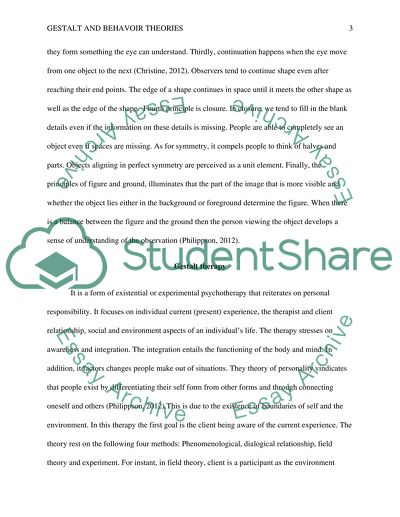Cite this document
(“Gestalt and Behavior Theories Research Paper Example | Topics and Well Written Essays - 1250 words”, n.d.)
Gestalt and Behavior Theories Research Paper Example | Topics and Well Written Essays - 1250 words. Retrieved from https://studentshare.org/psychology/1679929-gestalt-theory
Gestalt and Behavior Theories Research Paper Example | Topics and Well Written Essays - 1250 words. Retrieved from https://studentshare.org/psychology/1679929-gestalt-theory
(Gestalt and Behavior Theories Research Paper Example | Topics and Well Written Essays - 1250 Words)
Gestalt and Behavior Theories Research Paper Example | Topics and Well Written Essays - 1250 Words. https://studentshare.org/psychology/1679929-gestalt-theory.
Gestalt and Behavior Theories Research Paper Example | Topics and Well Written Essays - 1250 Words. https://studentshare.org/psychology/1679929-gestalt-theory.
“Gestalt and Behavior Theories Research Paper Example | Topics and Well Written Essays - 1250 Words”, n.d. https://studentshare.org/psychology/1679929-gestalt-theory.


